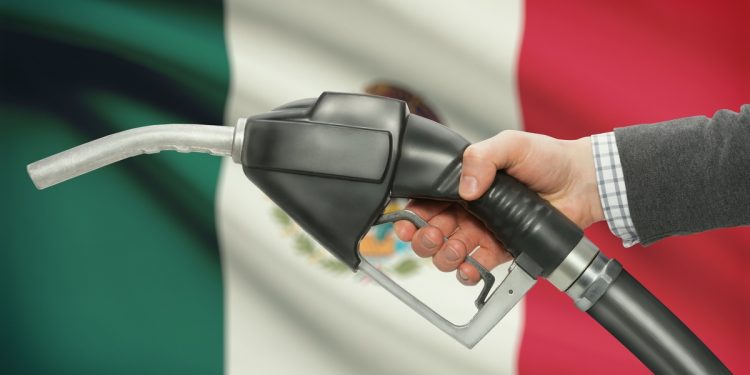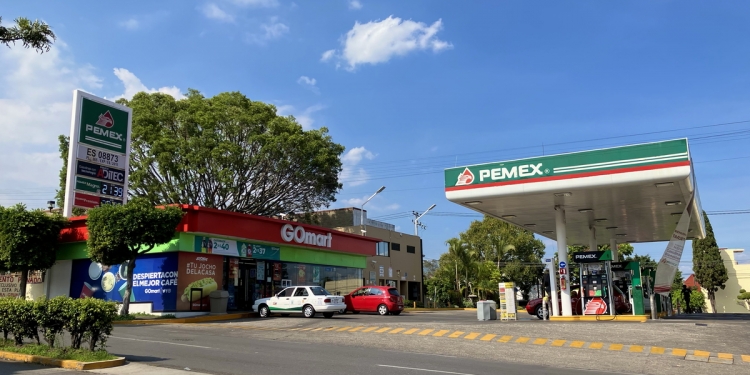Mexican gasoline prices will rise by as much as 20% from January 1, 2017 due to changes in the way gasoline is priced in Mexico.
For decades, prices at Mexico’s pumps were set by the government and the price of fuel was the same nationally—except along the border with the US, where prices would reflect those being charged in US border cities.
In 2013, Mexico’s legislature enacted an energy reform bill which ushered-in wide-ranging policy changes to Mexico’s energy sector, including opening the gasoline market to private suppliers and changes to the way that retail prices of gasoline and diesel are calculated.
Until recently, the price of fuels at Mexican pumps would rise a little each month, in line with a preset formula—and prices across the country were set at that rate. As part of the energy reform bill, the government embarked on a staggered fuel price deregulation program—and the price rises in January 2017 reflect the ongoing reorganization of the current price regime.
The change-over is a complex matter, not least because to now all gasoline stations in Mexico were Pemex franchises which never posted price boards as there was no need for them. For the first time, non-Pemex branded stations (Hidrosina is the first) are beginning to appear in Mexico with boards advertising prices per liter for various fuels, and eventually motorists in Mexico will be able to ‘shop around’ for gasoline and diesel as they do now in the US and Canada.
The 2017 price rise will come as something of a shock after what was a modest annual rise of 3% for the same fuels in 2016. Regular gasoline will rise about 14% to sell at around 16 pesos per liter; premium fuel will rise 20% to sell at around 18 pesos per liter; and diesel will rise 16.5% and sell for around 17 pesos a liter. There are 3.78 liters in 1 US-Gallon.
The Mexican government raises significant tax revenues through gasoline sales. The retail price has a special fuel duty applied and then IVA (Value Added Tax) is added to that. Amegas calculates that between 44% and 52% of the price you pay at the pump is tax, depending on whether you purchase regular, premium, or diesel fuel.
The sudden jump in prices as Mexico continues to deregulate its fuel pricing regime is expected to drive higher inflation during 2017, although the Mexican Finance Ministry asserts that the effects on inflation will be temporary and deregulation will bring long-term benefits to the market.
Our Mexico Cost of Living Guide, updated annually, includes information about fuel prices as part of helping you to form a detailed budget, based on your individual lifestyle choices.
Mexperience is pleased to refer our readers to MexPro auto insurance, which offers comprehensive coverages valid in Mexico using English-language policies backed by a fully-licensed US insurance broker. Their insurances cover third party liability, provide legal assistance, and you can opt for medical and roadside assistance to be included.
Quote for Auto InsuranceLearn more about driving in Mexico
Mexperience offers articles with insights to help you prepare for your road trip and drive confidently in Mexico.
- Importing a foreign car or other vehicle to Mexico
- Getting a Temporary Import Permit (TIP) for your vehicle
- Insuring your vehicle for driving in Mexico
- Your Mexico road trip checklist
- Latest articles about driving in Mexico
- Guide to auto insurance in Mexico
Mexico in your inbox
Our free newsletter about Mexico brings you a monthly round-up of recently published stories and opportunities, as well as gems from our archives.








